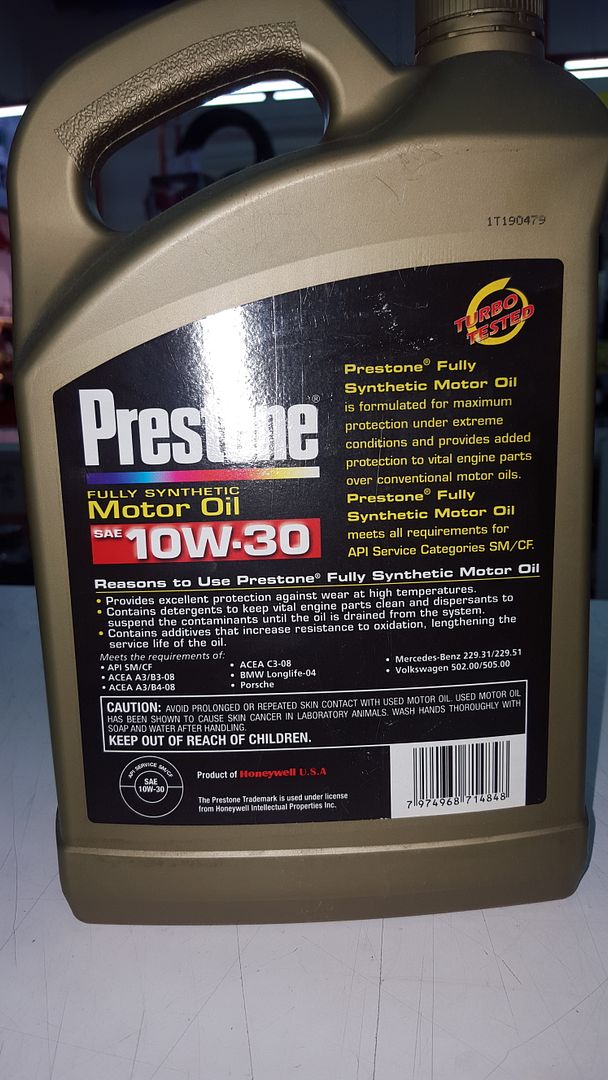Originally Posted By: Virtus_Probi
Originally Posted By: Shannow
Originally Posted By: OVERKILL
Originally Posted By: Virtus_Probi
I don't find this to be very useful because these temps are not really COLD.
Some of them are for their respective grades.
The SAE 30 being tested at 10F (-12C)
The 10w-30 being tested at -17F (-27C) approaches the pumpability limit for the grade, which is -30C and is below the -25C CCS temperature.
I would have liked to see a 5w-30 along with the 5w-20 and to continue the trend at lower and lower temperatures but this is not my chart.
It's pretty useful in places like Australia, where even the straight 30 would be acceptable just about everywhere.
20W and 15W are a walk in the park anywhere here.
...
I agree, this is useful for Oz and most of the US, as well. I been among those asking why drivers in Florida and South Texas are running 0WXXs.
Just doesn't mean much to me...
The reason OEMs specify 0W-XX oils has little
to do extreme cold pumpability but rather being suitably light at more typical start-up/warm-up temp's. And it is the higher viscosity index of specified 0W-XX that is the reason.
You can safely use more rev's during warm-up with the specified 0W-XX than with a 5W-XX and considerably more than with a 10W-XX.
With a 0W-20, even at temp's of 32F, one can largely ignore a warm-up regimen. Just fire it up, put the vehicle in gear and take off. 3,000 rpm is no problem and since one can safely use more rev's warm-up time is shortened which aids in reducing engine wear during this critical period when most engine wear occurs.




